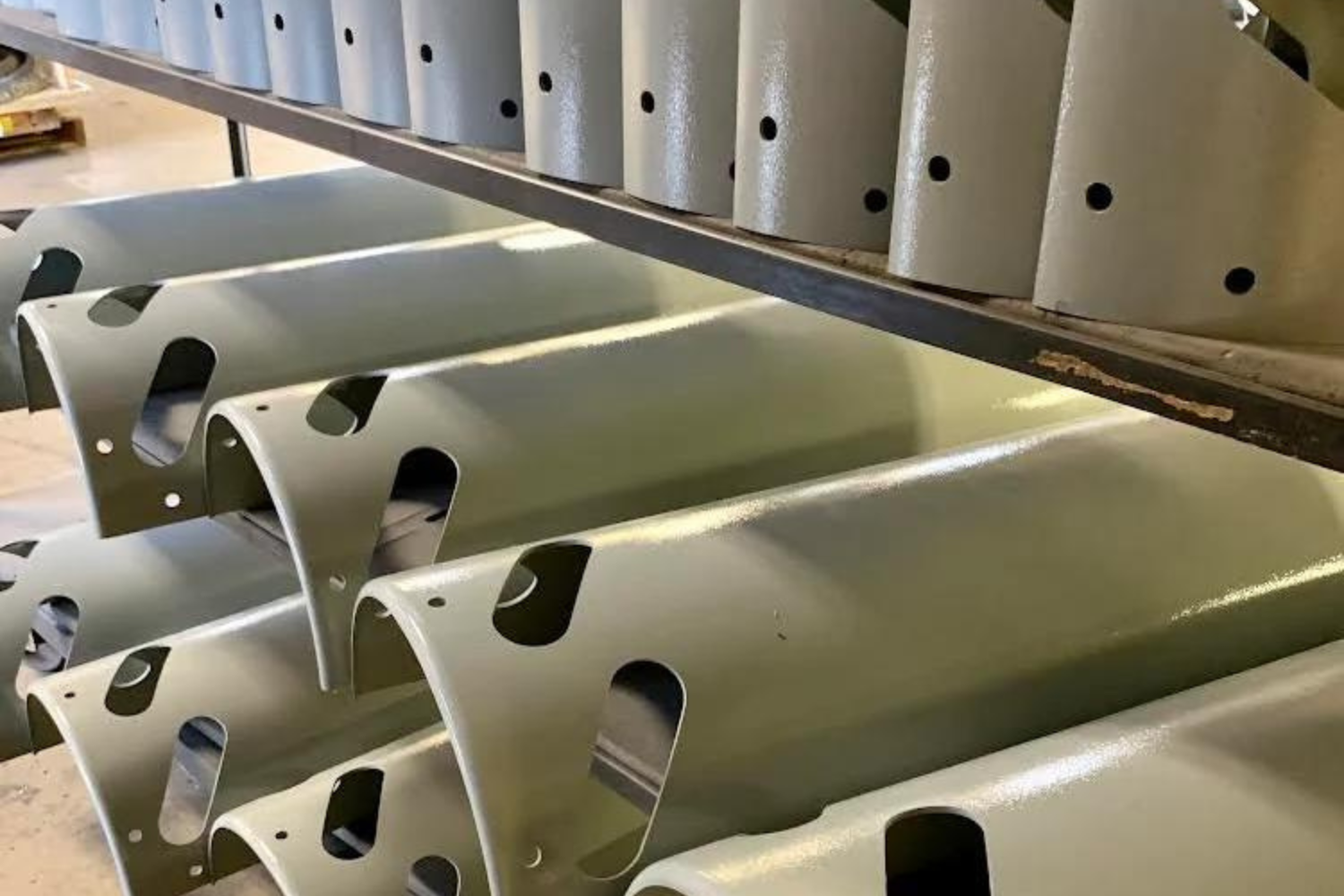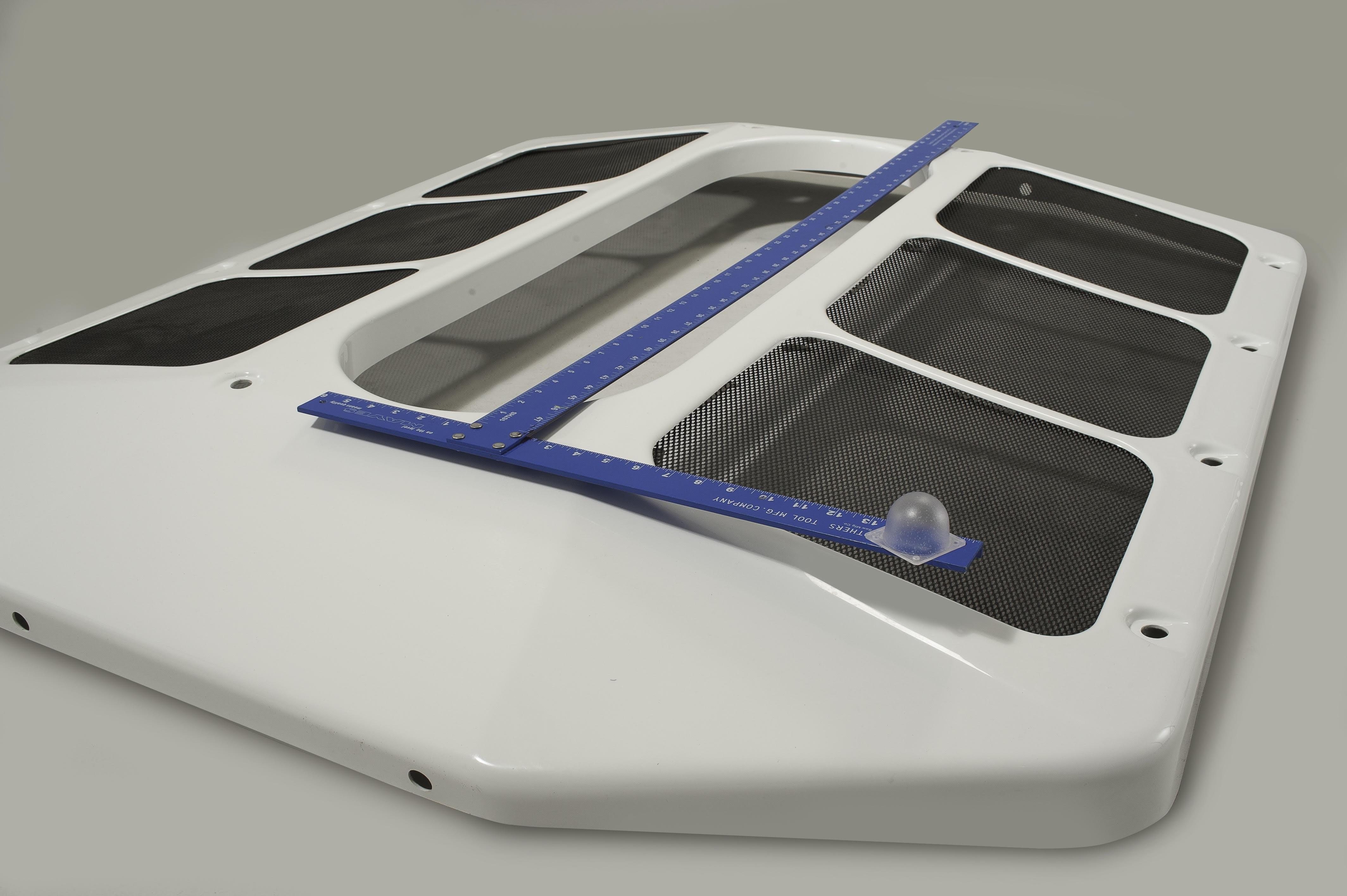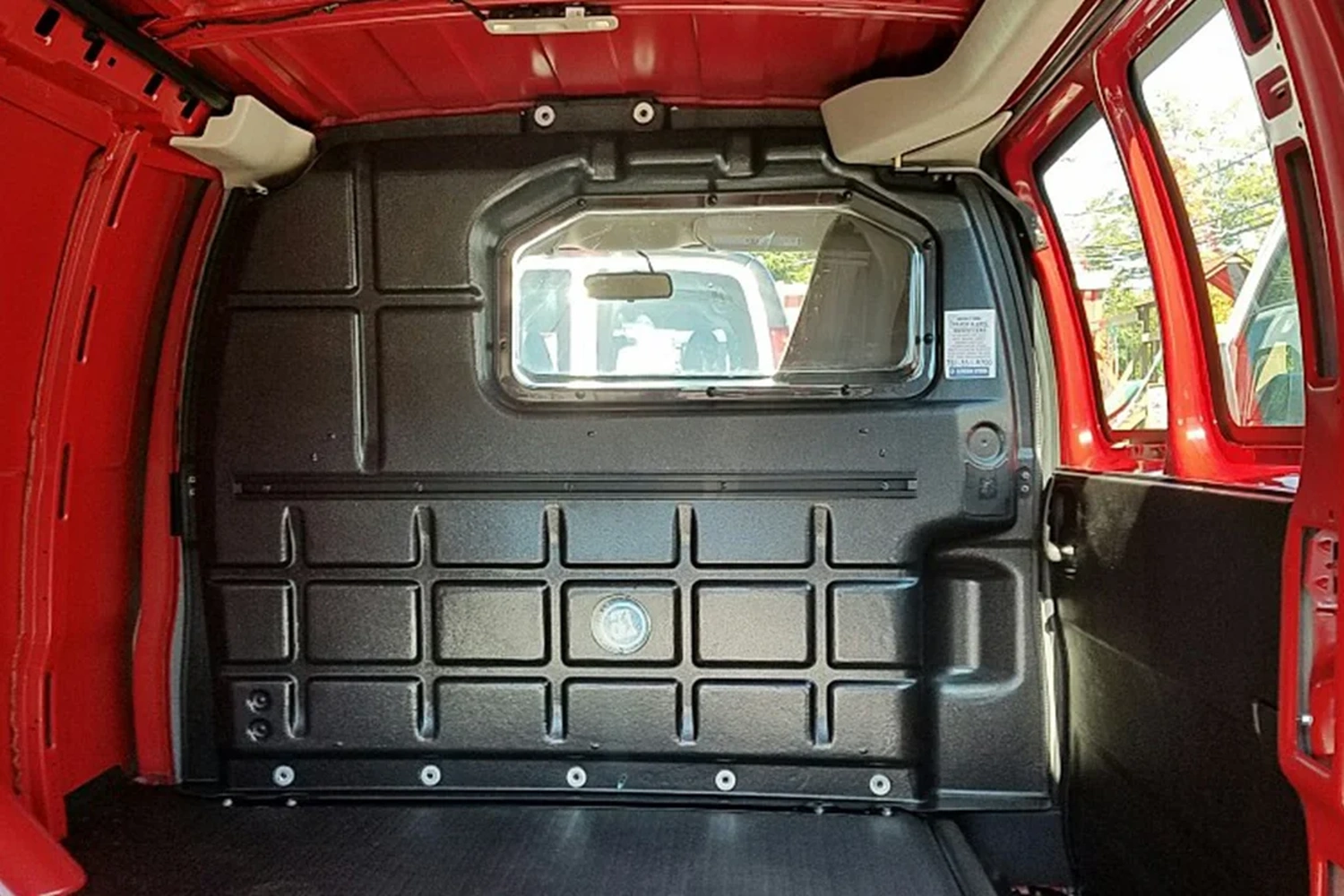Compatible Molding Solutions: Injection Molding and Thermoforming For Medical Applications
In the realm of plastic manufacturing, achieving consistency across different production methods has long been a challenge for engineers and designers. The introduction of KYDEX® Injection Molding resins as a counterpart to KYDEX® Thermoplastics offers a cohesive look across parts, presenting a compelling solution to this persistent industry problem.
The Manufacturing Challenge
Have you been challenged with matching material performance with aesthetics? This question resonates with manufacturers worldwide who face the complex task of maintaining visual and performance consistency across different production processes. Whether it's matching color, texture, or maintaining a like-new appearance over time, when parts come from different sources, achieving visual consistency among these materials can be particularly difficult.
KYDEX® has developed a groundbreaking solution through their specialty formulated thermoplastic alloy. These Injection Molding resins share the same physical properties as KYDEX® Thermoplastic sheet, creating what many consider the perfect combination when used together. The IM materials feature integral color and are specifically engineered to match KYDEX® thermoformed parts, contributing to an overall seamless aesthetic. Their durability, combined with chemical and stain resistance, makes them particularly well-suited for high-traffic areas.
A Revolutionary Approach
The material science behind these products extends far beyond mere aesthetics. The shared physical properties between the injection molding materials and thermoplastic sheets create a robust technical foundation. These materials achieve the stringent UL Standard 94 V-0, ensuring superior fire safety performance critical in many applications.
Their chemical resistance provides lasting protection against various environmental factors and cleaning agents, while their easy processing characteristics streamline manufacturing operations. The integral color technology eliminates the need for surface finishing, ensuring consistent appearance throughout the product's lifecycle.
The unified material approach transforms the manufacturing landscape by addressing several critical engineering concerns. Material validation becomes more straightforward when working with products from the same family. Engineers can rely on consistent performance characteristics across different manufacturing processes, enabling more accurate design calculations and simpler quality assurance protocols.
Applications in Practice
This innovative material solution finds its place in numerous demanding applications. The transportation industry benefits from consistent interior components, while medical device manufacturers appreciate the reliable performance in device housings. Commercial spaces, including retail environments and architectural installations, leverage these materials' durability and aesthetic consistency in high-traffic areas.
Success with these materials requires thoughtful integration into the design and manufacturing process. During the design phase, engineers must consider the specific requirements of both injection molding and thermoforming processes. This includes accounting for material transition areas and ensuring proper tooling design. The production phase demands careful attention to processing parameters and color matching procedures.
Quality assurance takes on a streamlined approach with these matched materials. Manufacturers can implement unified testing protocols that address both injection molded and thermoformed components. Long-term performance monitoring becomes more straightforward due to the consistent material characteristics.
The integration of matched injection molding and thermoforming materials represents a significant leap forward in manufacturing technology. This approach eliminates traditional material matching challenges, allowing designers and engineers to focus on innovation rather than compatibility issues. As manufacturing continues to evolve, such unified material solutions will become increasingly crucial in achieving both functional excellence and aesthetic harmony.
The durability and chemical resistance of these materials, combined with their easy processing characteristics and integral color, create a comprehensive solution for modern manufacturing challenges. Their ability to maintain appearance and performance in high-traffic areas while meeting rigorous technical standards makes them an invaluable tool in contemporary design and production.
PCI and K&S Mold
PCI and K&S Mold, Inc. are sister companies that now co-located in the same new manufacturing facility. We will share much more about our joint capabilities but the key takeaway for now is that we are capable of coordinating both thermoformed and injection molded parts from design through production and can deliver the benefits of material consolidation discussed in this article.
*For detailed specifications and processing guidelines, please consult the manufacturer's technical documentation.*



